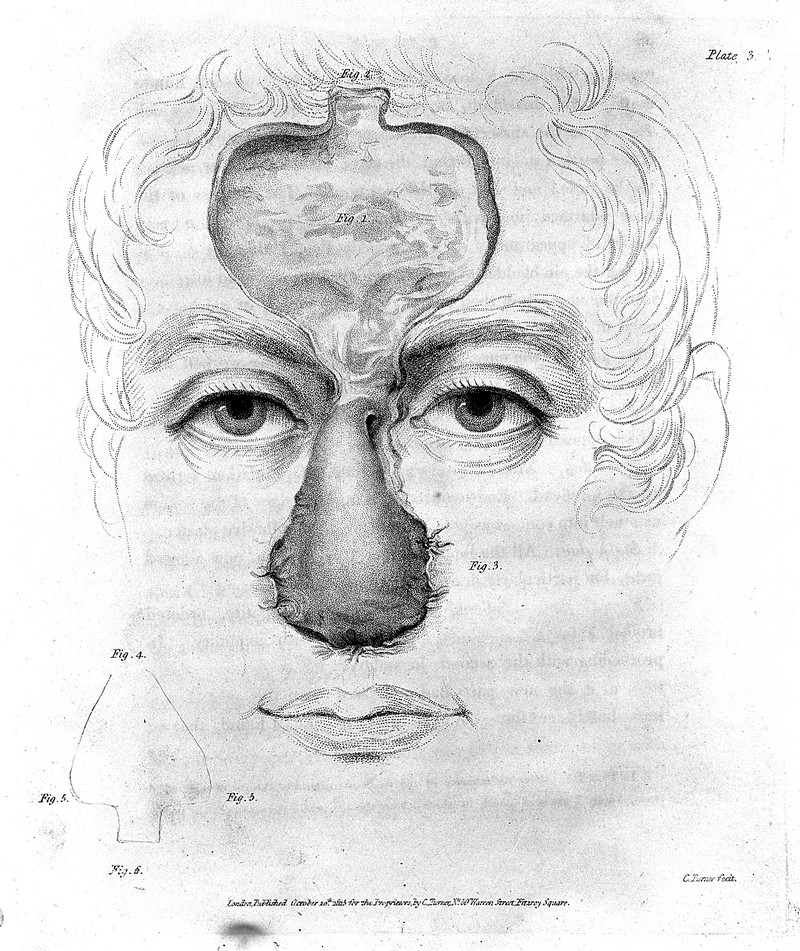
Fictional Tales of the Reattachment of the Nose: A guest post by Stephanie Allen
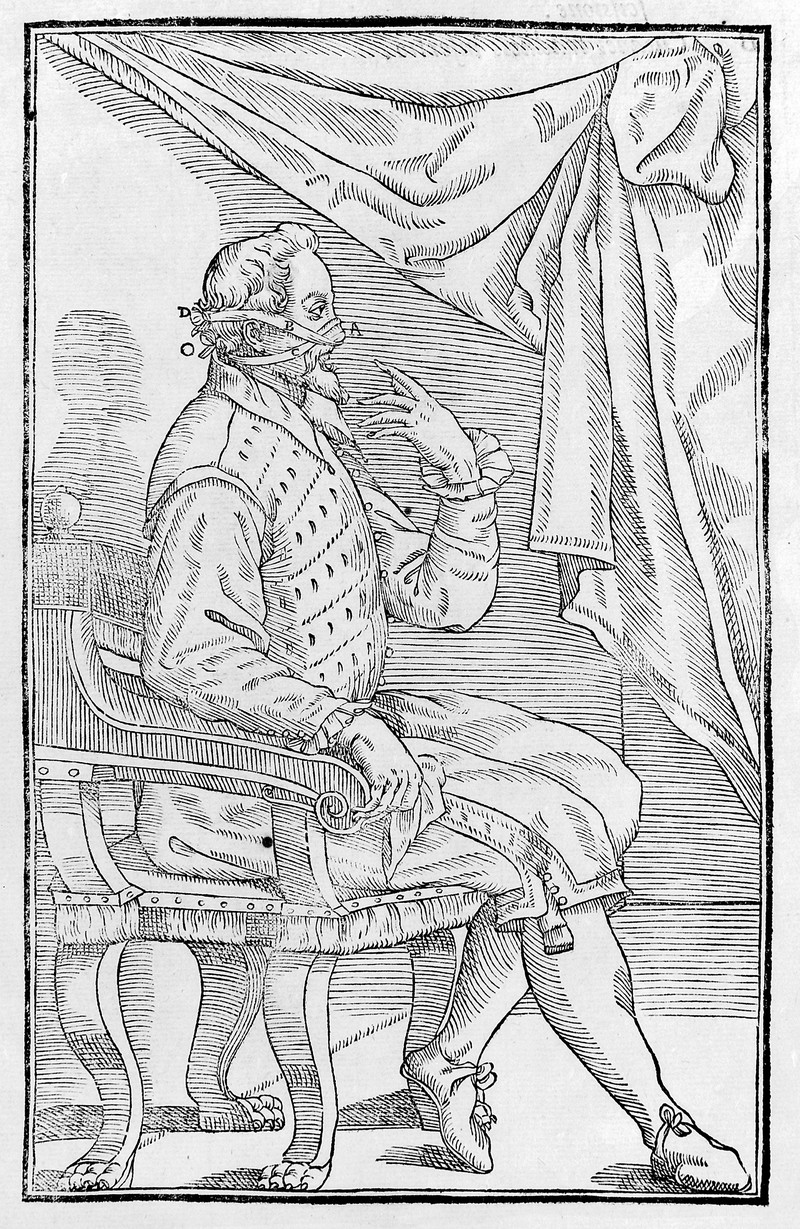
Wellcome Library
In 1743 the French physician and writer Nicolas Andry argued ‘it is a very great deformity to have no nose at all, or to have it so short as to appear almost the same as if there was none.’[1] His text Orthopaedia: or, the art of correcting and preventing deformities in children told a few tales of how a damaged or missing nose could be replaced by surgery. Rhinoplasty was not necessarily a new topic and had been discussed and illustrated in sixteenth-century surgical texts, especially in cases of syphilis as discussed by medical historian Lyndsey Fitzharris here. Andry discussed a variety of different nasal deformities, ranging in severity from noses misshapen by nursemaids wiping a child’s nose too harshly, to a missing nose that was cut off with a backsword.
When describing nose surgery, Andry referred to the ‘childish fictions’ believed by some surgeons, tales which he believed overly exaggerated the true abilities of surgery to repair this key facial feature. One story that Andry retold was as follows,

A soldier quarrelling with another had the top of his nose bit off, afterwards thrown into a dirty kennel, and trodden under foot; after all this it was taken up, washed extremely clean, and put by a surgeon into its former place, where it united again so neatly, that at the end of three or four days it could scarce be perceived ever to have been taken off.
The story was originally told by the French surgeon and anatomist Pierre Dionis, who was Doctor and surgeon to Queen Maria Theresa . Whilst Dionis didn’t that a nose could be completely removed from the face and later reattached, he, and Andry, did believe that a nose could be successfully reattached if it was ‘still attached in some measure to the face,’ unlike the poor gentleman in this case. Andry’s biggest problem with the story was the idea that the nose was supposedly reattached so quickly and left no scar to indicate its initial damage and removal. Andry also related another farfetched tale about the replacement of one man’s nose, with another:
They tell a story, says he, of certain robbers, who having fallen upon some travellers in the night-time, one of them received such a blow as cut his nose entirely off, and going to have the wound dressed, the surgeon asked for the end of the nose, that he might sew it on again. His companions went out immediately, and cut off the nose of some unfortunate person whom they met with in the way, and having brought it to the surgeon, he sewed it upon the Robber’s face, whereby it was grafted, and took root, in the same manner as a slip that is grafted on a tree.

Whilst Andry and Dionis used these stories as objects of exaggeration and humour, others had taken them as ‘matters of fact.’ Andry gave the example of one ‘medical author of note’ who claimed ‘it is not at all fabulous, says he, that a nose which has been wanting, may be repaired by the means of one cut off from some wretch who would submit to such an operation.’ It is unclear from these tales how many people underwent this surgery in an attempt to have a nose reattached to their face.
Stephanie is in the final year of her Ph.D. at The University of Hertfordshire. Her current research focusses on the deceptively defective body in early modern England and assesses themes including prosthetics, fraudulent beggars and false virginity.
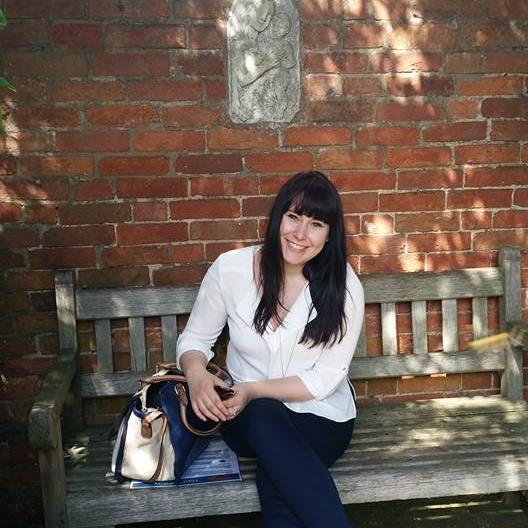
___________________________________
Images credit: Wellcome Library London
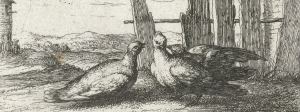

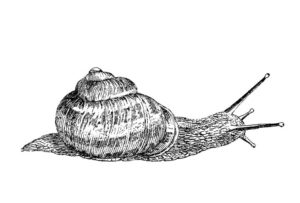
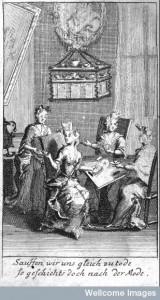

One thought on “A Nose Found Wanting”
Comments are closed.